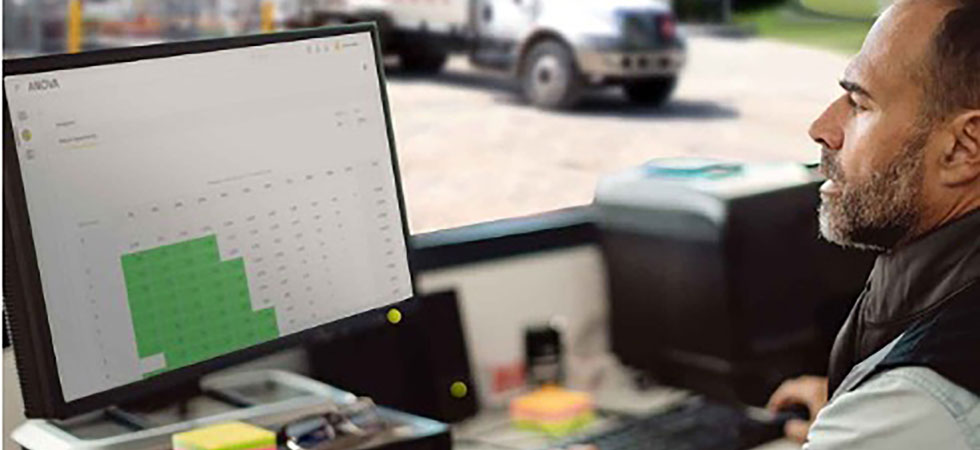
On April 21, 2021, 408 businesses and investors signed an open letter to United States President Joe Biden indicating their support for the commitment to take on climate action and for the setting of a federal target to cut greenhouse gas emissions by at least 50% below 2005 levels by 2030. Support for the initiative has since grown significantly across numerous industries, including noted energy giants General Electric, National Grid and Orsted North America that have signed on. Further, a recent poll from the Associated Press and the NORC Center for Public Affairs Research and the Energy Policy Institute at the University of Chicago found that 59% of Americans said the earth’s warming is very or extremely important to them as an issue, up from only 49% in 2018. Of those polled, 51% said their views were influenced by recent extreme weather events like hurricanes, deadly heat spells, wildfires and other natural disasters around the world.
The EPA has prepared the Inventory of U.S. Greenhouse Gas Emissions and Sinks study since the early 1990s. This annual report provides a comprehensive accounting of total greenhouse gas emissions for all man-made sources in the U.S. It confirms that 80% of all greenhouse gas emissions are derived from carbon dioxide — with transportation as the majority contributor (29%) of those emissions. While propane is a clean burning fuel and even provides a cleaner solution for grid electricity, its current distribution lies primarily in trucking, the major contributor to carbon emissions entering the atmosphere. So, how can marketers respond to the growing concerns of citizens and consumers and make progress in reducing carbon emissions without incurring additional costs?
Better Tech Equals Business Intelligence
Internet of Things (IoT) technology is currently being used in a broad range of industries, including transportation, manufacturing, health care and others to monitor and manage remote assets. In propane, Industrial IoT technology (IIoT) is increasingly being utilized to reduce inefficiencies in propane distribution and to digitize the supply chain. Many propane marketers have traditionally followed the “milk-run” approach to delivery — making every stop on pre-designated routes. This ultimately results in unnecessary stops and zero fills and trucks returning with undelivered product — an approach that increases cost, effort, time and stress.
Managing will-calls can add even more inefficiency to the operation. Why dispatch a truck to a single household, miles away, when with IIoT you could build an entire route and deliver a full payload to others in need along the way. IIoT, and specifically the use of remote tank monitors, helps optimize propane marketing businesses.
Beyond the many benefits of knowing a customer’s tank level without having to visit that tank, layer on deep historical analysis of delivery data and you start to build significantly better business intelligence. You can identify those tank locations where adding a tank monitor will drive the highest ROI. You can compare districts to each other, isolate best performance and practice, and propagate that across the other districts.
Working with a global provider of these transformative business intelligence systems and services, you can even compare your company’s performance to the industry. By using advanced technology and building better business intelligence, needless deliveries are eliminated, fewer miles are driven, customers receive more engaged care and services, drivers get home for dinner and CO2 emissions start to go down.
Educating & Engaging Customers
As the studies indicate, consumers care increasingly more for the environment. This translates into them seeking “green” solutions in their lives. Yet, propane is not widely recognized as such. The imperative the propane marketing industry faces today is to educate and engage consumers. Putting carbon footprint information in front of the customer and supporting that with promotional and educational facilities could be a very powerful tool for propane sales and marketing teams, as well as our industry as a whole. How do propane marketers get this message out?
Fewer Miles, More Product, Less CO2e
Empowering propane marketers with deep insight into their customers’ usage — from a farm to a restaurant, or a warehouse to a residence — requires cutting-edge business intelligence software that leverages historical delivery data.
Knowing where to place your tank monitors is often a daunting task, but the right technology can use deep historical delivery data analysis to pinpoint the tank locations where adding a tank monitor drives the highest return on investment. Further, it can provide insight into the potential impact of adding monitors to various currently unmonitored locations.
Able to aggregate the before and after impact of tank monitoring, remote monitoring solutions create new business intelligence and insight and help propane marketers build and execute a truly data-driven business plan. Costs saved and miles no longer driven ultimately translate into reduced carbon emissions.
By aggregating the information from a small sample size of clients in the U.S. Northeast, Anova has revealed that this group of clients has made a notable reduction in carbon emissions, with an average of just 12% of their tank populations monitored.
In 2019 — the last typical delivery year — this group of customers made more than 46,000 fewer drops, saved more than $2 million in distribution costs and drove almost a million less miles.
Aside from the operational and business benefits they reaped, together they saved many tons of CO2e emissions. Imagine what this could mean for our industry: greater efficiency, better customer service, more profits and “greener” outcomes. Doing good for the environment, delighting our consumers and running a profitable business should not be mutually exclusive.


